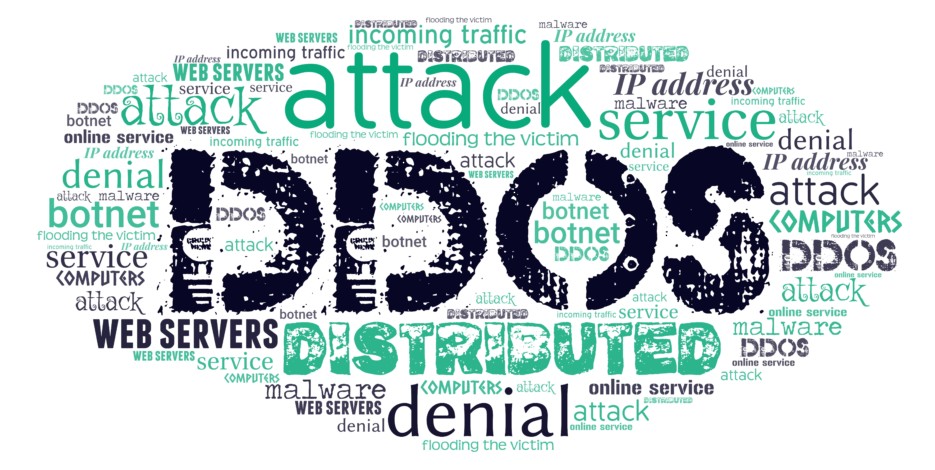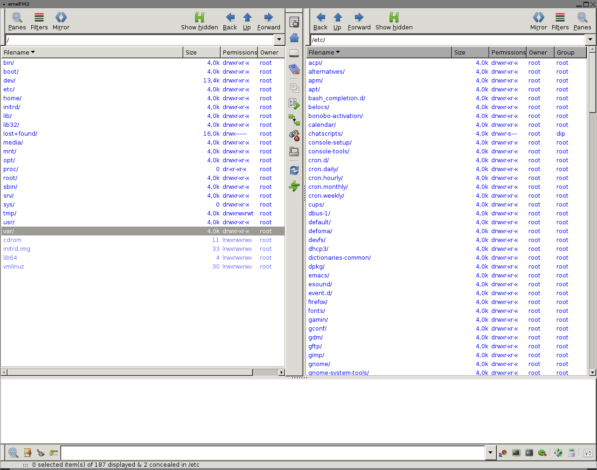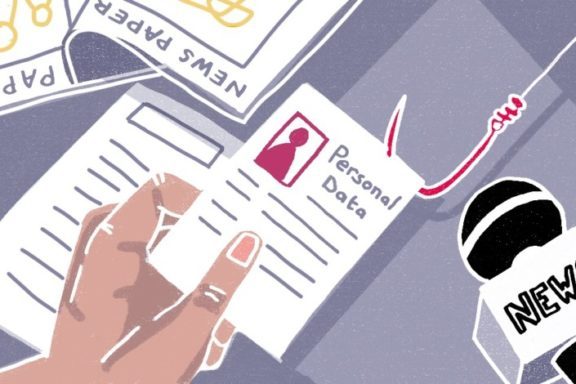Journalists cannot avoid social media for research or communication in their work, but its use comes with non-negligible risks. In this introduction to a six-part series, cybersecurity expert Ben Finn introduces for Reporters Without Borders (RSF) the common risks of social media platforms and gives general safety advice for journalists […]
Digital safety
How to prevent data tracking
The information collected by web trackers about journalists’ activities online can be used by third parties and compromise their safety and that of their sources. Reporters Without Borders (RSF) recommends measures to mitigate this risk. Data tracking happens every time someone browses the internet or communicates online. This data collection, […]
Cyberharassment Part 3: Doxxing
Doxxing, which consists of publishing a target’s private information online without their consent, is a technique regularly used against journalists. In this last article of a three-part series on cyberharassment, Reporters Without Borders (RSF) offers preventive measures against this type of attacks. Doxxing is a form of online harassment in […]
Cyberharassment Part 2: DDoS and message bombing attacks
News organisations and independent journalists are frequently the targets of DDoS (Distributed Denial of Service) and message bombing attacks. In this second article of a three-part series on cyberharassment, Reporters Without Borders (RSF) offers preventive measures against these types of attacks. The websites and mailboxes of news organisations and independent […]
Cyberharassment Part 1: stalking and swatting
Stalking and swatting are online harassment tactics commonly used against journalists. In this first article of a three-part series on cyberharassment, Reporters Without Borders (RSF) offers preventive measures against these types of attacks. Stalking and swatting are tactics commonly used to harass journalists, which often have offline consequences and endanger […]
How to hide sensitive files on PC and smartphone
Journalists often work with sensitive data, which they need to protect well in case an adversary searches their electronic device. In this article, tech security expert Bence Kócsi explains for Reporters Without Borders (RSF) how to create a decoy system to hide sensitive material. In their work, journalists have to […]
Chinese smartphone brand Honor, Huawei’s underhanded replica
Chinese smartphone manufacturer Honor, a former sub-brand of Huawei, is now stepping in Western markets in the face of mounting sanctions against the latter. Nevertheless, Honor indirectly belongs to the Chinese state and its products present major security issues that make them dangerous for journalists to use. Huawei is China’s […]
The dangers of AirTags and other trackers
Bluetooth trackers, such as Apple’s AirTags, are originally designed to help people find their belongings, but can also be used by malicious actors to secretly track people. Reporters Without Borders (RSF) examines the risks posed to journalists and what tech companies are doing to mitigate those dangers. Bluetooth trackers, such […]
Common misconceptions about digital safety
False ideas about technology and digital tools can lead journalists to carelessly behave on the internet, which can in turn compromise their safety or that of their sources. In this article, Reporters Without Borders (RSF) takes some common misconceptions about digital safety – and explains how things really work. “Incognito […]
Don’t get phished! Part 3: How to prevent phishing attempts
Phishing scams are designed to trick people, and even the most careful person can fall victim as the tactics continuously evolve. In this final article of a three-part multimedia series on phishing scams, Reporters Without Borders (RSF) gives advice to journalists on proactive steps to take to protect themselves against […]
Don’t get phished! Part 2: Introducing the five main phishing techniques
Phishing scams use deceptive messages to steal personal information from victims to access their accounts. In this second article of a three-part multimedia series on phishing scams, Reporters Without Borders (RSF) outlines the five most common phishing techniques journalists may come across, and how they can counter them. Phishing is […]
Don’t get phished! Part 1: What are phishing scams?
Phishing scams use deceptive messages to steal personal information from victims to access their accounts. In this first article of a three-part multimedia series on phishing scams, Reporters Without Borders (RSF) explains the risk they present for journalists, how to spot them and how to protect yourself against them. Phishing […]










